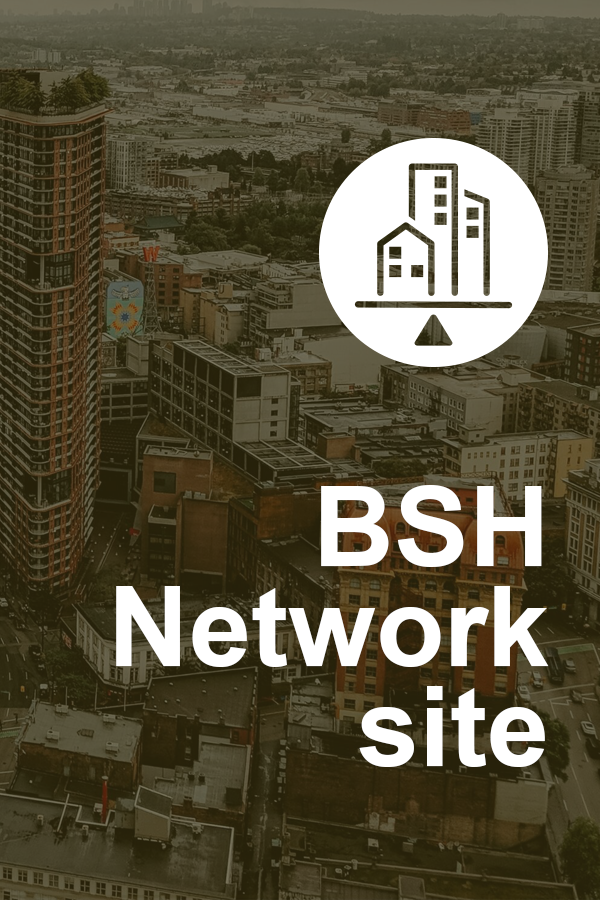The gaps analysis are a set of interactive visualizations found below that allow users to explore the distribution of households paying at least 30% of their income on shelter costs in the three Census Metropolitan Areas (CMAs) of Metro Vancouver, Montreal, and Toronto. Each visualization covers one of the the three CMAs and is divided between Renters and Owners with mortgages. Users can seamlessly filter the information by dwelling types and median income groups as well as hover the mouse over the map to get more detailed information.
Data underpinning these visualizations is from a custom Statistics Canada 2016 census order that can be found here. For renters, and owners with mortgages, in each CMA we cross-tabulated Geography with the following dimensions: Shelter Cost to Income Ratio (30% to <50%, >=50%); Shelter Cost; Structural Type of Dwelling; Median Total Income of Households (2015). This created 70 unique columns of median incomes for each CMA and census tract (CT). At the scale of the CMA, almost all 70 columns returned a median income accompanied by a count of households. Statistics Canada suppresses data for small sub-populations. In cases where the median income was suppressed at the CT scale, we imputed the median income of households in the CT to be the same as that of the CMA. For this reason, individual households in each of the three median income groups could have actual household incomes that fall into a different income category. Users should think of individual households as belonging to a sub-population that has a median income which falls into one of the three income groups.
Visualizations

